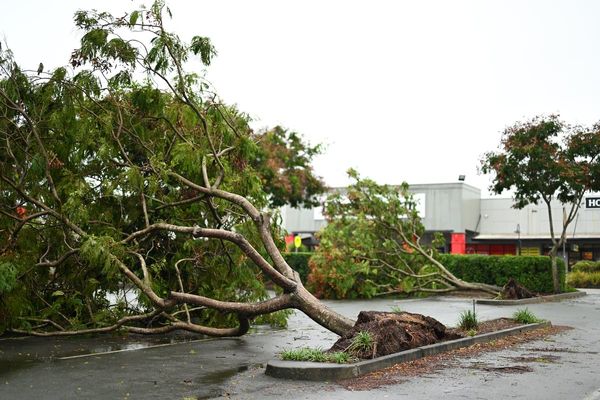
Africa is home to 13 percent of the world’s biodiversity and 20 percent of its forests, making it a crucial player in global environmental health. However, deforestation, driven primarily by agriculture, continues to threaten these vital ecosystems.
Forests act as the planet's lungs and are unique havens for biodiversity. But Africa lost nearly 4 million hectares of forest in the last decade, the United Nations Food and Agriculture Organisation (FAO) has warned.
Agriculture remains the biggest threat to forest conservation, as communities clear land to feed growing populations. Other pressures come from urban development, mining and logging.
Preserving forests while meeting the needs of local populations is a challenge.
Family farming provides two-thirds of the continent's jobs. But, faced with soil degradation and a growing population to feed, agricultural land is gradually eroding forests hectare by hectare.
Protected areas
Protected areas are one solution. Africa already has more than 9,300 protected zones, covering nearly 15 percent of the continent’s surface.
The global goal is to expand this to 30 percent. Yet many of these areas lack funding, skilled staff, and effective governance.
Alternative management models are proving successful, such as community-based initiatives that involve local populations.
Public-private partnerships between governments and conservation groups are emerging as an effective solution.
Scientists found 127 such partnerships across 16 countries rich in biodiversity, including the Democratic Republic of Congo, Zambia, Zimbabwe and Madagascar.
Zambia leads solar shift amid southern Africa's hydroelectric drought
Research shows these partnerships cut deforestation by 55 percent in protected areas.
Rwanda's Akagera National Park demonstrates this success. The park had lost much of its wildlife in the late 1990s but has since recovered.
"The park is now managed by a South African NGO, African Parks Networks," said Sébastien Desbureaux, environmental economics researcher at INRAE in France.
"This has succeeded in strengthening management and implementing significant ecotourism since the mid-2000s. So much so that today, the park is financially self-sufficient thanks to tourism revenue, and its wildlife population has really recovered, reaching record numbers."
Scientists say developing alternative income sources to agriculture could help reduce pressure on natural environments while supporting local communities.
This story was adapted from the original article reported in French by RFI's climate journalist Jeanne Richard.







